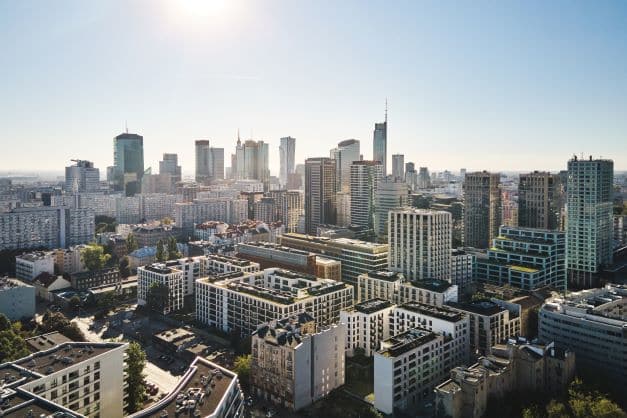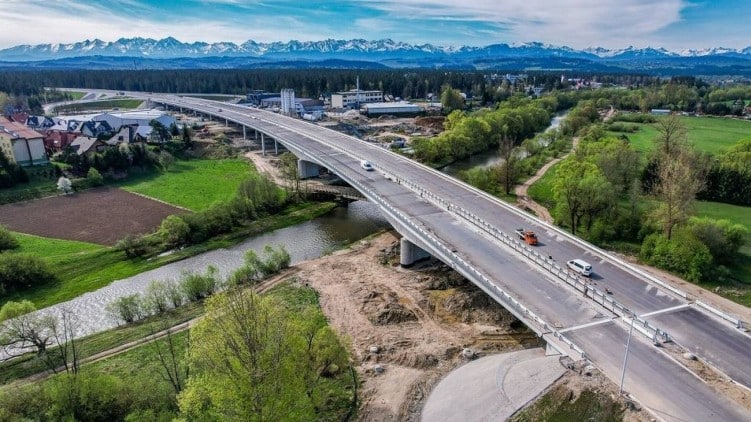We’re Investing in Luxury More Boldly Than Ever
In Poland, the concept of luxury is no longer seen as an unattainable status symbol reserved for the elite. Increasingly, it’s becoming a conscious choice—a way to feel special and comfortable. It spans multiple areas: from luxury cars to art and fashion, and, of course, real estate. The latter is still considered a must-have investment, offering optimal protection for the value of invested money. Poles are eager to buy luxury properties both in Poland and abroad.
The number of wealthy Poles continues to grow each year. According to KPMG, the value of the luxury goods market in Poland surpassed PLN 55 billion in 2024, marking a nearly 25% year-over-year increase. Experts emphasize that this segment is constantly evolving. “Today, luxury is not just an exclusive product—it’s primarily a tailored experience that starts with the first interaction with the brand,” says Aleksandra Potrykus, Vice President of Mood Media CEE. Global providers of luxury goods and services are investing in solutions that allow clients to co-create products—from choosing materials and personalized functions to digital avatars that enable interactions with virtual designers or advisors.
Premium Real Estate: A Cure for Crisis
The value of the premium real estate market in Poland is growing and is now estimated at PLN 3.5 billion. In 2024 alone, it increased by 6.7% compared to the previous year and continues to grow steadily. Luxury apartments are targeted at affluent buyers who primarily pay in cash. Przemysław Andrzejak, CEO of Royal Sail Investment Group, confirms that high-end properties sell regardless of the economic climate. However, he points out that such transactions are not common. “Realistically, they make up only 2–3% of the housing market, no more. That means about 5,000 premium apartments on the primary market each year,” he explains.
Over the long term, this type of investment preserves asset value and is resistant to housing market crises. This is confirmed by analyses from JLL experts. In 2022, when the mass housing segment saw a clear slowdown, developers shifted their focus to wealthier buyers.
“A record number of new apartments—over 5,800—were introduced for sale across the six largest markets. The total supply grew to over 6,000 units, also a record level in terms of choice for buyers. Buyers in this segment showed strong interest in new projects, with sales rising especially in the first half of 2023. In total, developers active in the premium segment recorded a remarkable sales level of 4,700 apartments in 2023,” note JLL experts Aleksandra Gawrońska and Kazimierz Kirejczyk. They add that the year-over-year decline seen in 2024 doesn’t change this dynamic—it’s a base effect, as it compares to the record-breaking 2023. Buyer expectations around price increases were also key. In 2023, transaction activity accelerated due to rising prices, while in 2024, buyers’ sentiment shifted. By the end of 2024, there were over 5,300 premium apartments available across Poland’s six largest markets, according to JLL.
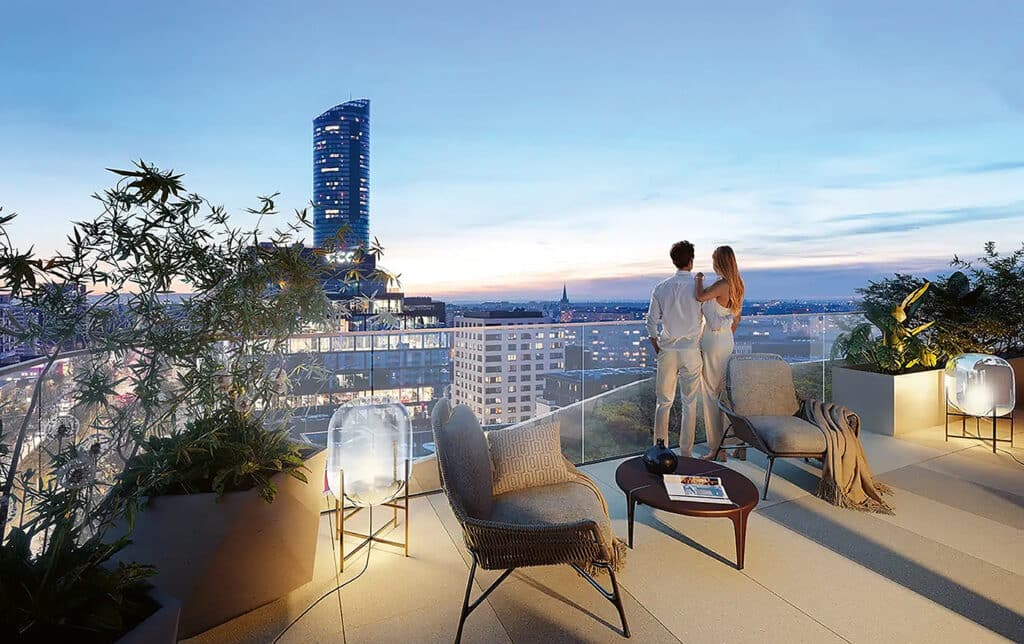
What’s Changing in Poland’s Premium Market?
Global luxury brand trends are increasingly evident in Poland’s real estate. Premium homes and apartments are still defined by location, but now also by smart technology, eco-friendly solutions, and high privacy standards. “We’ve long seen an evolution in this segment—from offering a quality place to live to creating experiences and promoting new lifestyles. Features like prestigious location, thoughtful design, and the use of fine materials have become must-haves. Consumers are more demanding—they want added value and are drawn to experience-based goods,” says Barbara Klassek, Premium Segment Director at Archicom. She adds that her company is meeting this trend with a wide range of innovative amenities. “We were the first to introduce private collections of contemporary art in our projects—with works by Helmut Newton, Andy Warhol, and Anish Kapoor gracing the common areas of the M7, Gutenberga, and Flare residences. There are also exclusive fitness and spa zones, private pools, cinemas, a Mont Blanc literary salon, and business meeting spaces with a media library. That’s how we aim to shape our residents’ experience and redefine what premium property means,” Klassek explains. “Location still plays
a key role in defining premium real estate. Two trends dominate: luxury villas on city outskirts and high-end apartments in the hearts of major cities.”
Katarzyna Borkowska, Head of Residential Sales and Letting at CBRE, notes that while premium real estate can be categorized by price, it’s about more than just numbers. “We assess location—not just the district, but also the immediate surroundings and the view. We evaluate amenities and building standards, because premium isn’t just about the interior—it’s also about comfort and aesthetics, starting from the stairwell, garage entry, and shared areas like the gym, wellness zone, or cinema room. We also prioritize eco-solutions and smart home tech—those are the new hallmarks of high-end living,” she explains.
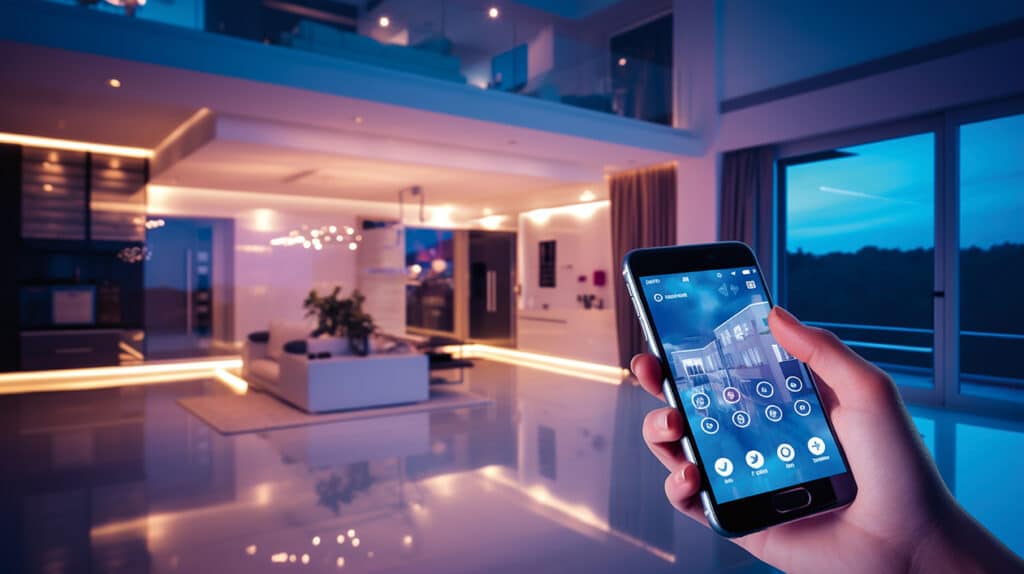
Where Luxury Is Thriving
According to a JLL report, the premium real estate primary market is dominated by Warsaw, which accounts for 30% of available listings, followed by the Tricity (Gdańsk, Gdynia, Sopot) with a 27% share. Other major markets each hold around 10–13% of the total apartment stock. “Prices in Warsaw are far ahead of other cities. The average apartment price in the capital at the end of 2024 reached around PLN 38,000/m², up 33% year-over-year. This was due to the release of high-end projects in the second half of the year, priced between PLN 40,000–50,000/m². In other cities, average apartment prices range between PLN 20,000 and 26,000/m²,” JLL experts summarize.
CBRE also sees potential in this market. The international real estate consulting firm is now expanding in Poland to include premium apartment sales and rentals for individual clients. “Premium real estate is always a stable and promising investment. Interest rate fluctuations and other market disruptions have little impact here. In fact, the war beyond our eastern border has led to significant price increases in this segment—first in rentals, then in sales. Many wealthy Ukrainians chose to safeguard their assets by purchasing luxury property in Poland,” explains Borkowska.
Premium or Just a Buzzword?
Przemysław Andrzejak, CEO of Royal Sail Investment Group, highlights another important issue. “Many claim they’re selling premium apartments, but let’s be honest—95% of those offers aren’t really premium. A 23-square-meter flat in the city center is not a luxury apartment. That’s pure marketing,” he says. “Some also advertise concierge services, which rarely last—residents’ associations usually don’t want to pay for them, viewing them as unnecessary costs. So a concierge isn’t a reliable premium marker.” In Andrzejak’s view, premium means the right apartment size and height, large terraces, spacious common areas, wide parking spots, and high-quality workmanship. “Two years ago, we did a project where the average apartment size was 130 m², each with two parking spaces. We’re now working on a 250-unit residential complex in Pabianice, on a 2.5-hectare site with a park, running track, gym, coworking space, sauna, and even wash stations for pets and bicycles. A premium property must have shared spaces—we’re spending PLN 3 million on them,” he adds.
Who Is the Premium Buyer?
Experts note that premium property buyers are diverse and driven by different motivations. “Some purchase apartments for investment, others to enjoy urban lifestyles, and some use them for business travel—Archicom Collection projects, for instance, are being built near Rondo Daszyńskiego in Warsaw’s new business district,” says Barbara Klassek. She adds that clients pay attention to the surrounding infrastructure, proximity to key city points, and available services. “The popular 15-minute city concept—where everything is within reach—is definitely a factor in property selection,” she concludes.
Andrzejak confirms that Polish premium clients look for properties both for themselves and for their children, as well as for investment. “There are some foreign investors in our market, but the majority are Polish. These are usually cash transactions. If the unit is over 130–150 m², it’s typically for personal use. Smaller 50–60 m² units are often bought for children or as rental investments,” he explains. He adds that while foreign investors are active—especially in Warsaw—Polish clients still dominate.
Poles Invest Abroad—Without Insecurities
Poles aren’t limiting themselves to the domestic market; they’re increasingly investing abroad. Andrzejak notes that many wealthy clients, after purchasing one or two properties in Poland, turn to countries like France, Italy, or Spain. Today, Spain is one of the most popular destinations for Polish buyers. “In 2024, Poles bought over 4,000 properties there—a record. We’re investing in premium real estate there too,” says Michał Borkowski, founder of Costa Paradise Estate. For three years, he and his Polish team have been advising fellow Poles on such investments. The formula for success is simple: clear client expectations plus budget. “We’re earning more, we’re not afraid to invest, and we do it confidently. Of course, compared to the British—who’ve been here since the 1950s—we’re just getting started, but our presence is growing. Stats show we’re now 9th in terms of foreign buyers in the real estate market,” Borkowski says.
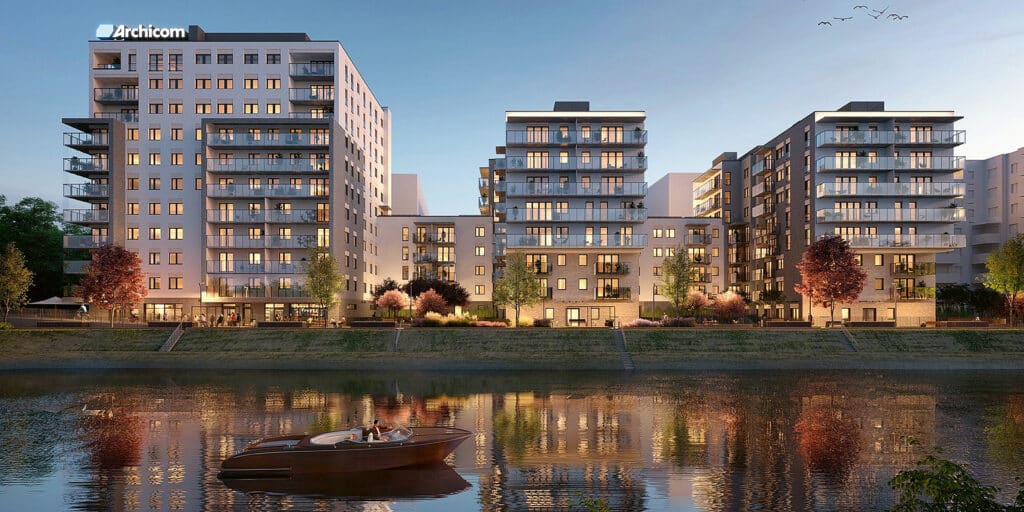
A €2.3 Million Investment
One of Borkowski’s most expensive transactions for a Polish client involved buying a villa—with all the bells and whistles and a sea view—for €2.3 million. Who from Poland is buying premium property? Mainly businesspeople and celebrities. Where? With Borkowski’s help, primarily on the Costa del Sol, especially in Marbella. “We have properties with every imaginable amenity—even waterslides, home theaters, spas, and saunas,” he says. “If you’re looking for a villa, your budget should start at €800,000. If you want a modern home—which is what clients prefer—expect to pay at least €2 million. As for apartments, the starting point is around €500,000.”
New Properties Are Hot
New developments are often built near the beach and to a very high standard. The reason is simple: there are virtually no new land plots left, so developers use existing ones for premium properties. “They’re like gold. Many homes for sale were built in the late ’80s and early ’90s, often occupied by Spaniards who don’t care about finish quality or design the way we do. That’s why, due to quality and no need for costly renovations, clients prefer new builds. Many are premium apartments near the beach with pools, spas, and coworking spaces. Marbella sets the standard here,” Borkowski explains.
A Taste of Luxury for €1.5K
What are Poles like as buyers? What sets them apart? “We’re very detail-oriented. We ask lots of questions and double-check everything—we don’t easily trust agents like other nationalities do. We seek real quality. Many look for seaside properties, though some wealthier clients want peace and quiet in the mountains,” Borkowski sums up. Prices are rising, but that doesn’t mean the middle class can’t find something interesting. “You can still buy a studio with a sea view for €150,000–200,000, or a condo for €200,000–250,000. That still beats Polish prices,” he notes.
Even if they don’t buy, Poles can still enjoy a moment of luxury. Renting a five-bedroom premium villa during the summer season (July–August) costs around €1,000–1,500 per night. Of course… that’s per night.



